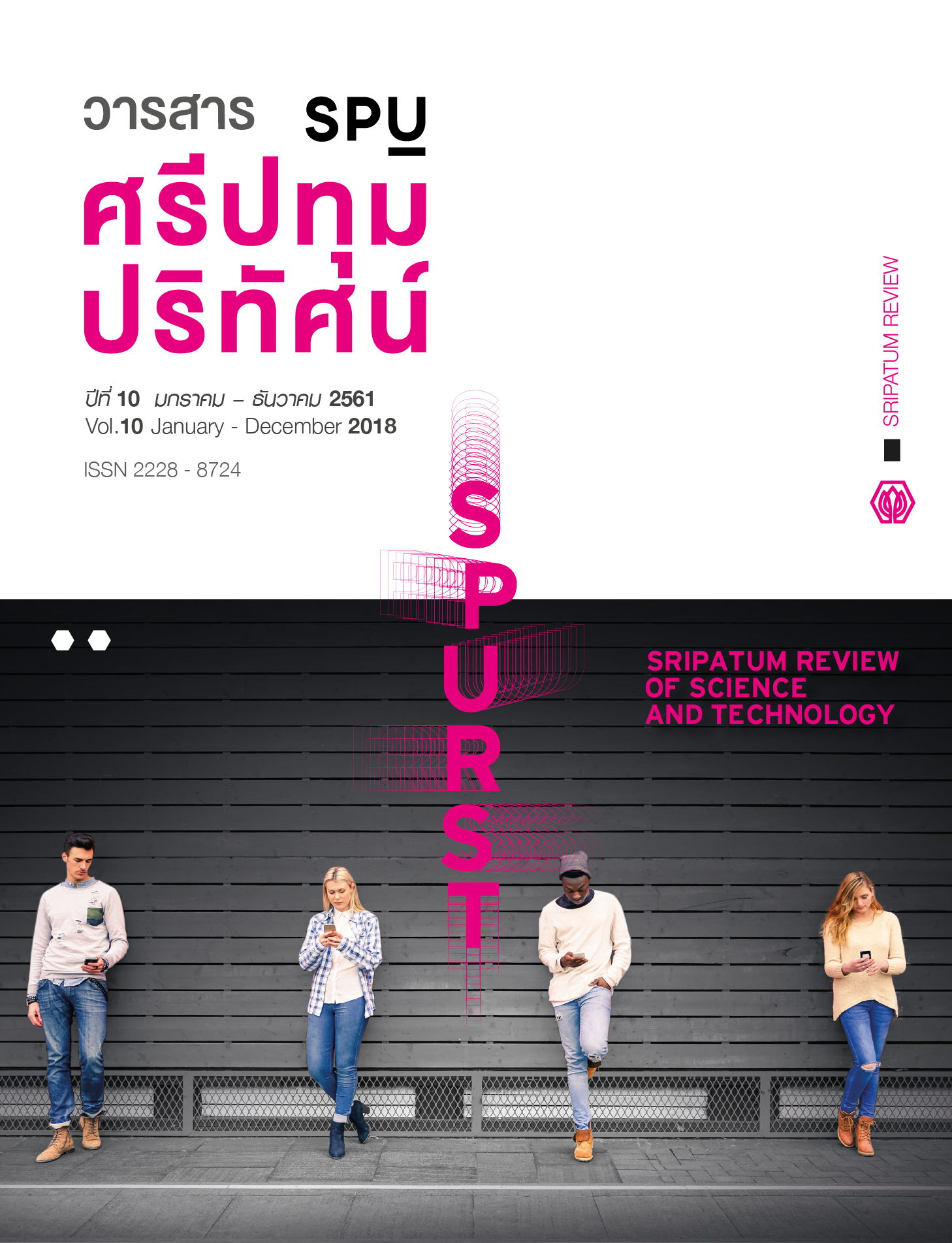Trip Attraction Model using Social Network Data and Deep Learning
Main Article Content
Abstract
This research aims to develop a trip attraction model using online social network data. This research used the tourist data of the national park as a case study. The deep learning approach was employed for developing a model. The performance of the model was then compared against linear regression analysis method and artificial neural network method. The results indicated that check-in data could be used to create the trip attraction model. The model derived from deep learning approach provided the highest predictive accuracy. The mean percentage absolute error (MAPE) of deep learning method was 43.99, which was lower than those of the linear regression analysis method (386.48) and the artificial neural network method (88.97). As such, developing a model using social network data will greatly reduce the cost of data surveying.
Article Details
References
Hasan, S., Zhan, X. and Ukkusuri., S.V. (2013). Understanding Urban Human Activity and Mobility Patterns Using Large-Scale Location-based Data from Online Social Media. 2nd ACM SIGKDD international workshop on urban computing, 11 August 2013 at Chicago, Illinois, USA, 1-8.
Hu, W.N. and Jin, P.J. (2015). Dynamic Trip Attraction Estimation with Location Based Social Network Data Balancing between Time of Day Variations and Zonal Differences. International Workshop on Spatiotemporal Computing, 13–15 July 2015 at Fairfax, Virginia, USA, 193-198.
Ke, J., Zheng H., Yang, H., and Chen, X. (2017). Short-Term Forecasting of Passenger Demand under On-Demand Ride Services: A Spatio-Temporal Deep Learning Approach. Transportation Research Part C, 85, 591-608.
Liu, L. and Chen, R-C. (2017). A Novel Passenger Flow Prediction Model Using Deep Learning Methods. Transportation Research Part C : Emerging Technologies, 84, 74-91.
Lomlek, P. and Yongcharoen, W. (2014). Application of Neural Network for the Performance Prediction of Absorption Chiller. Journal of Energy Research, 11(2), 67-78. (in Thai)
Maghrebi, M., Abbasi, A., Rashidi, T.H., and Waller, S.T. (2015). Complementing Travel Diary Surveys with Twitter Data: Application of Text Mining Techniques on Activity Location, Type and Time. 2015 IEEE 18th International Conference on Intelligent Transportation Systems, 15-18 September 2015 at Las Palmas, Gran Canaria, Spain, 208-213.
Sangarun, T. and Sangarun, A. (2015). Classification Techniques of Affecting Factor on Resigning of Hotel’s Employee by Artificial Neural Network. Southeast Bangkok Journal, 1(2), 96-112. (in Thai)
Yang, F., Jin, P.J., Cheng, Y., and Ran, B. (2015). Origin-Destination Estimation for Non Commuting Trips Using Location-Based Social Networking Data. International Journal of Sustainable Transportation, 9(8), 551-564.

